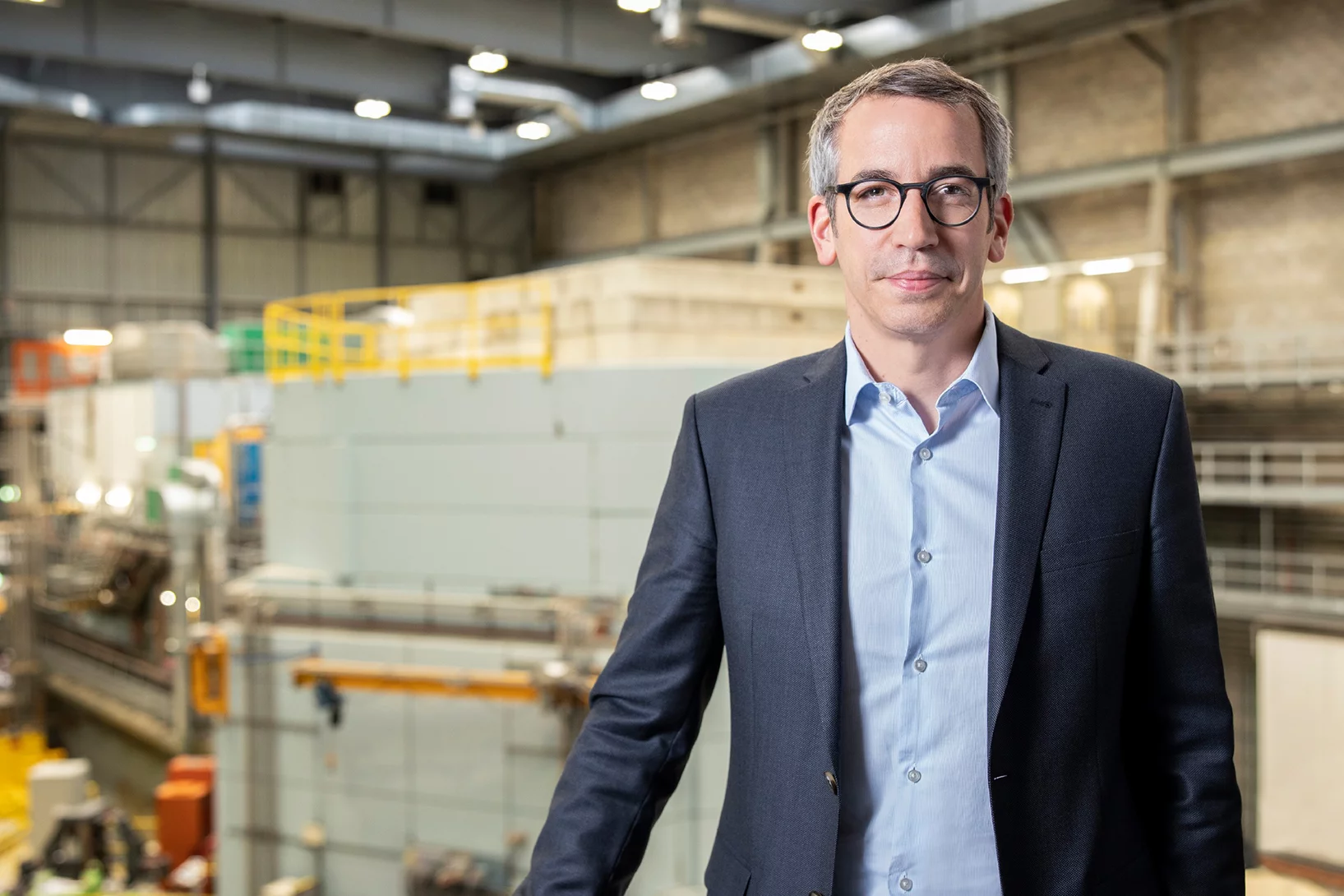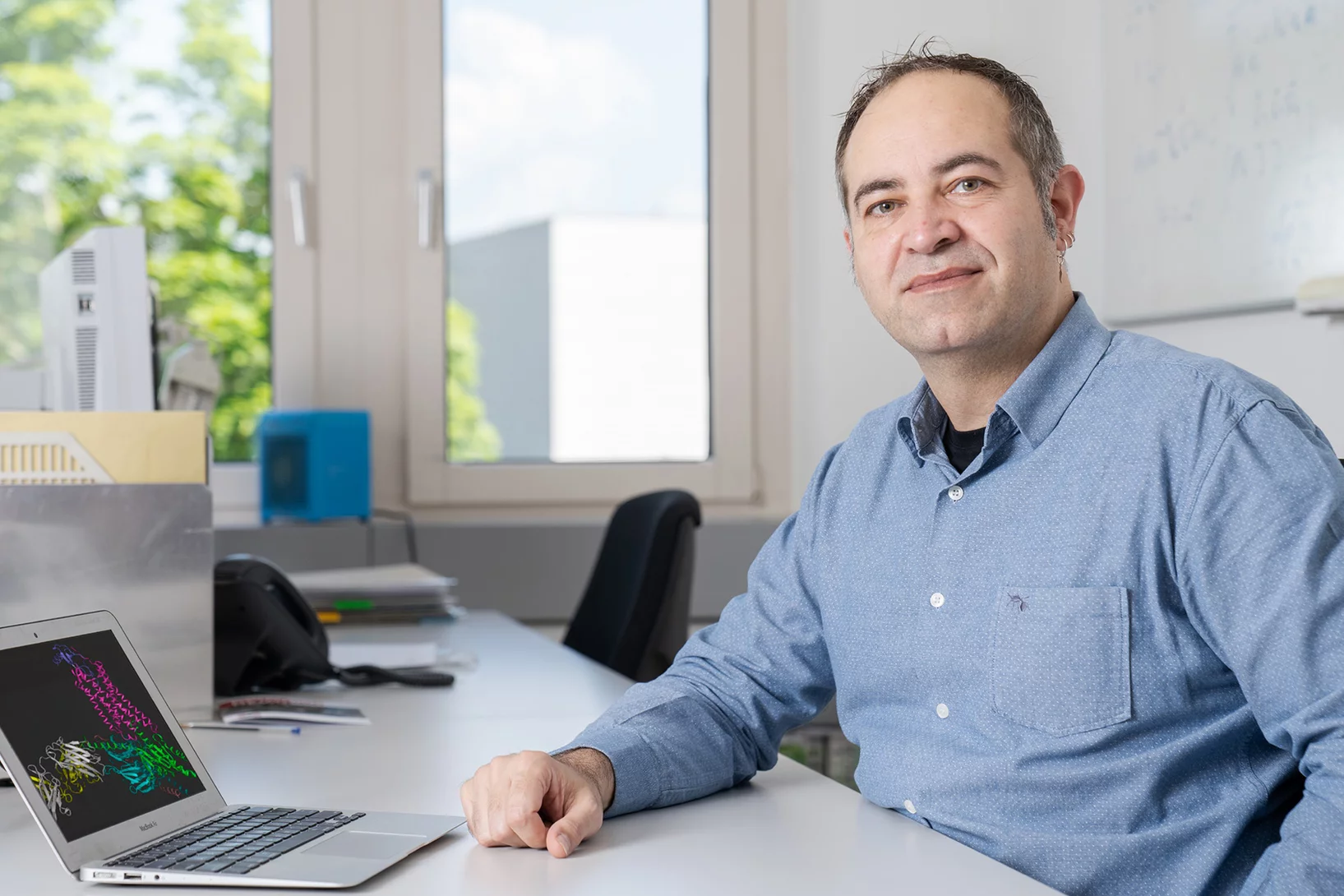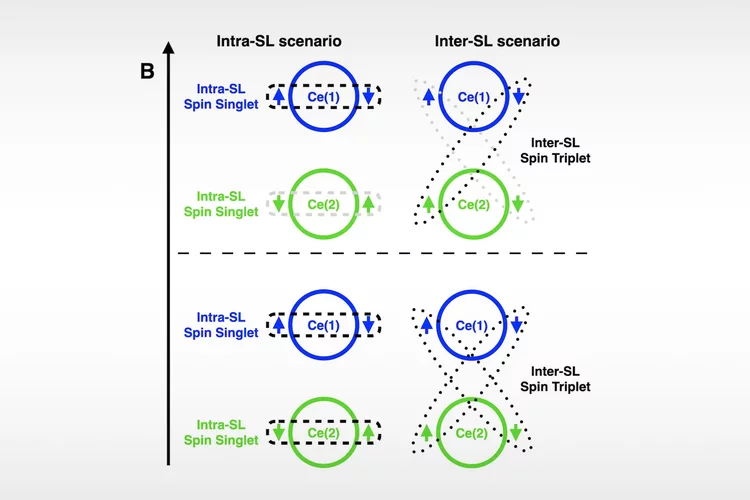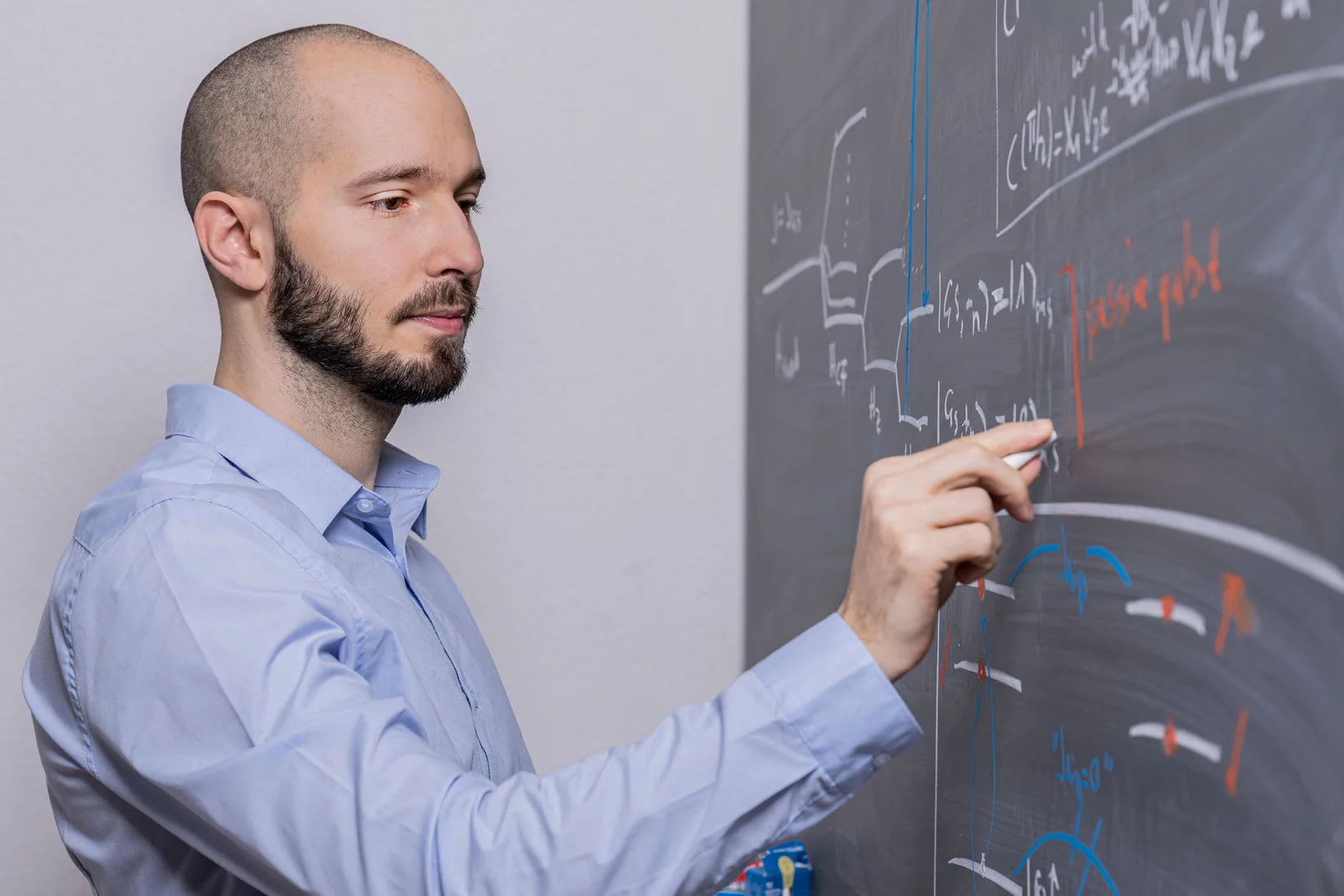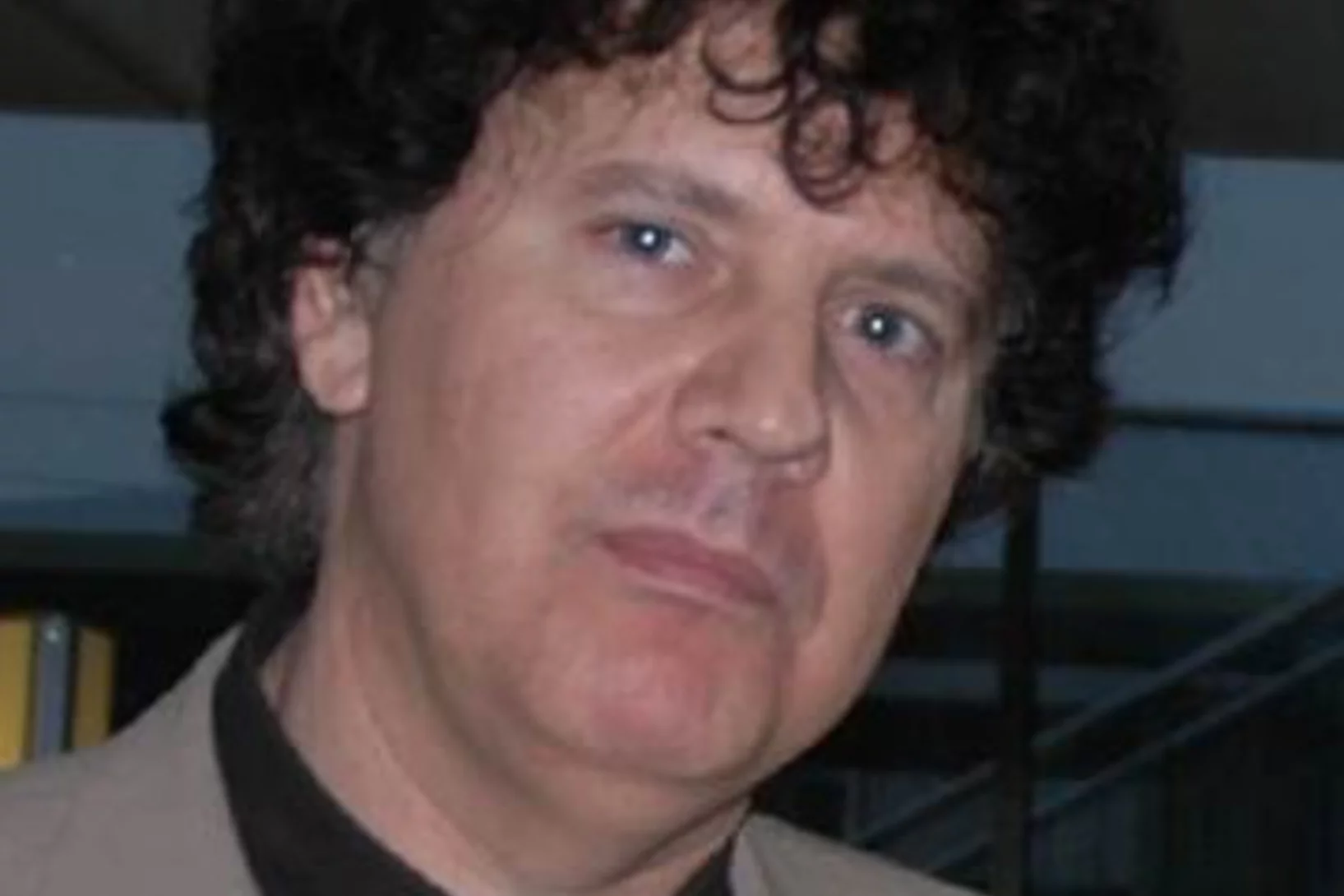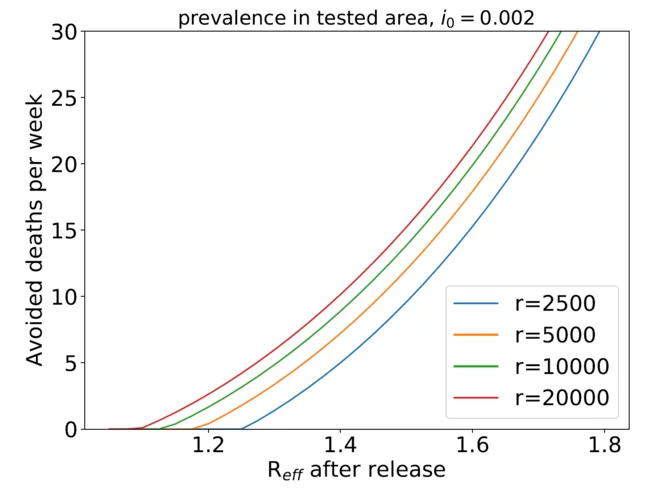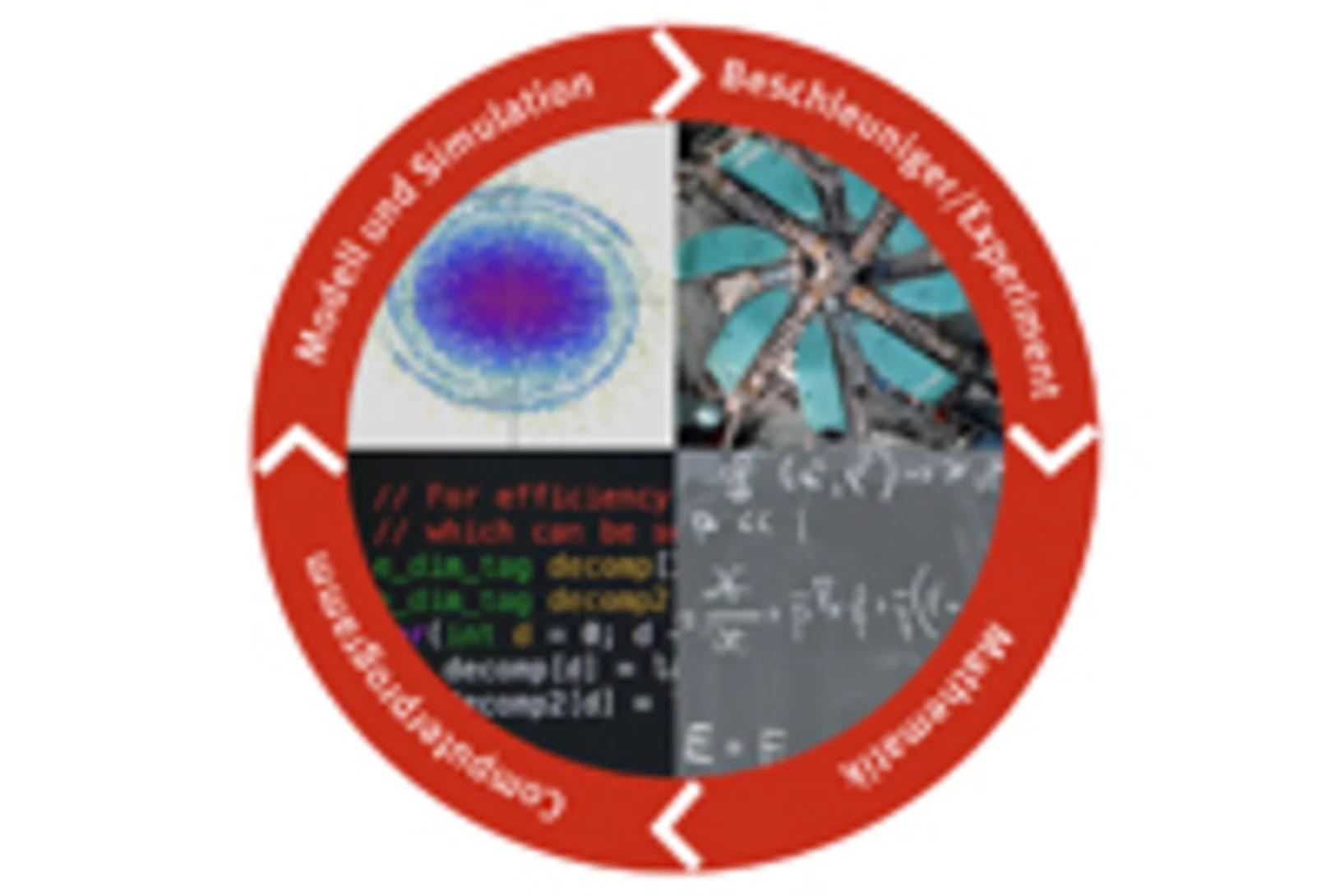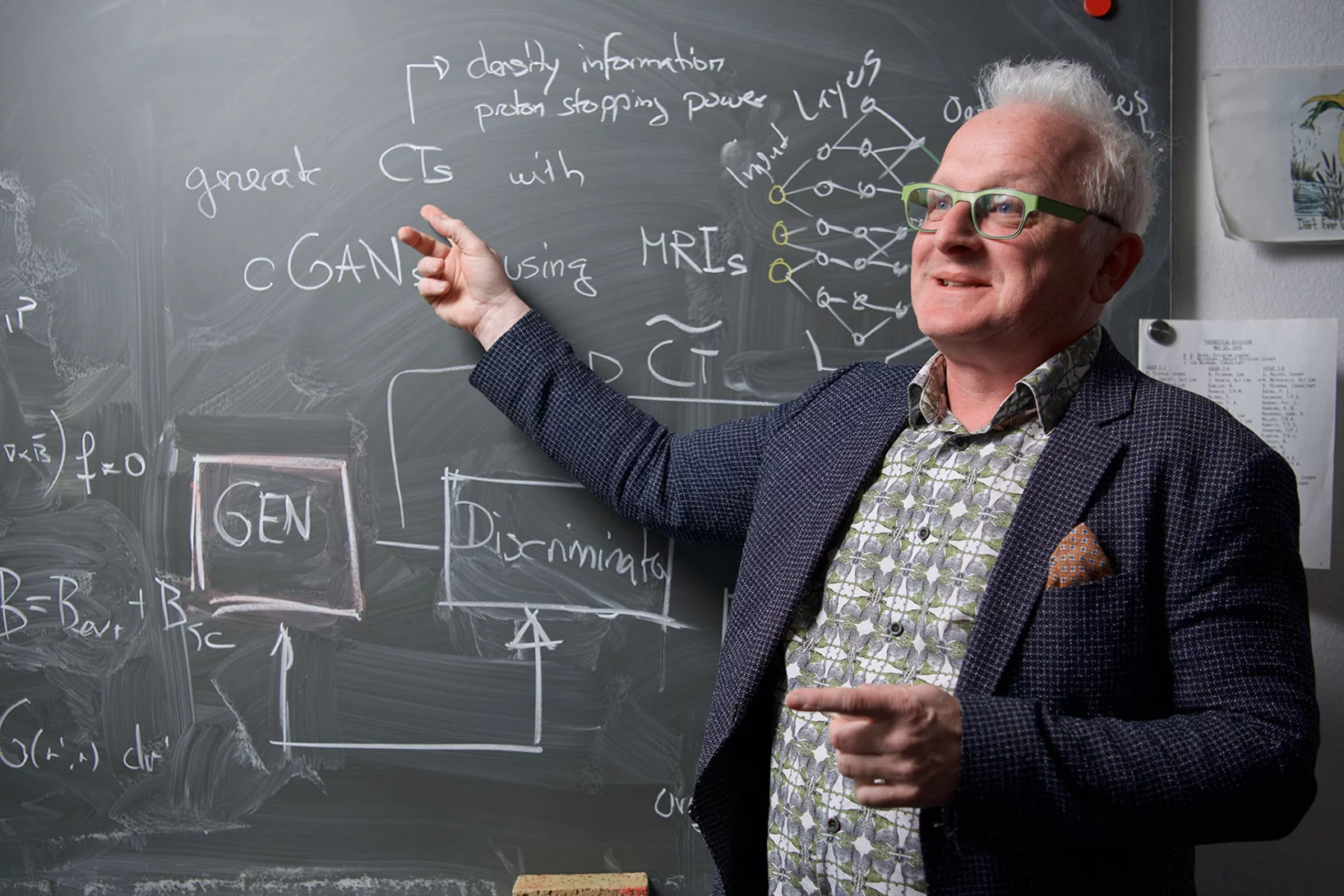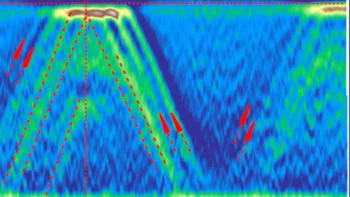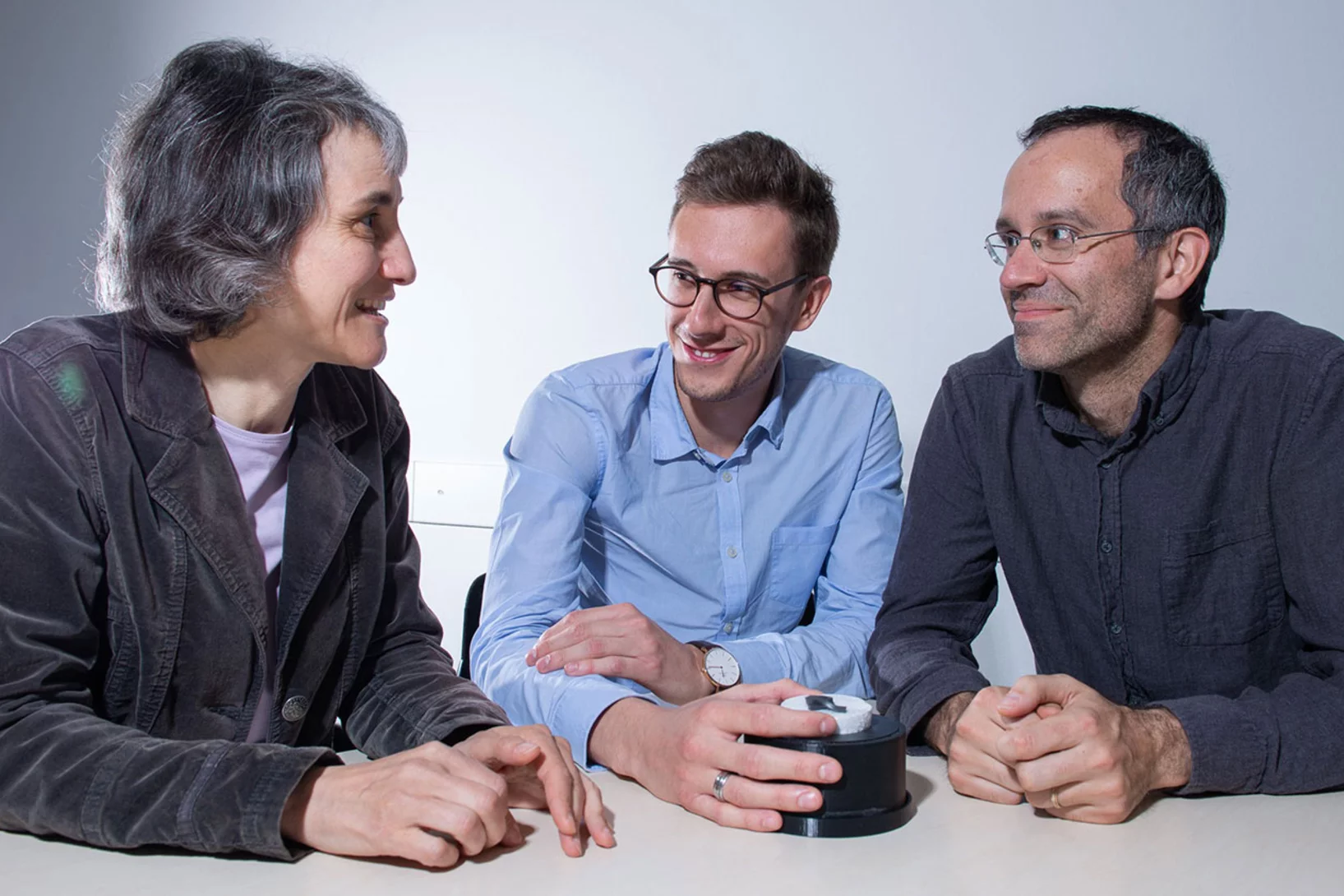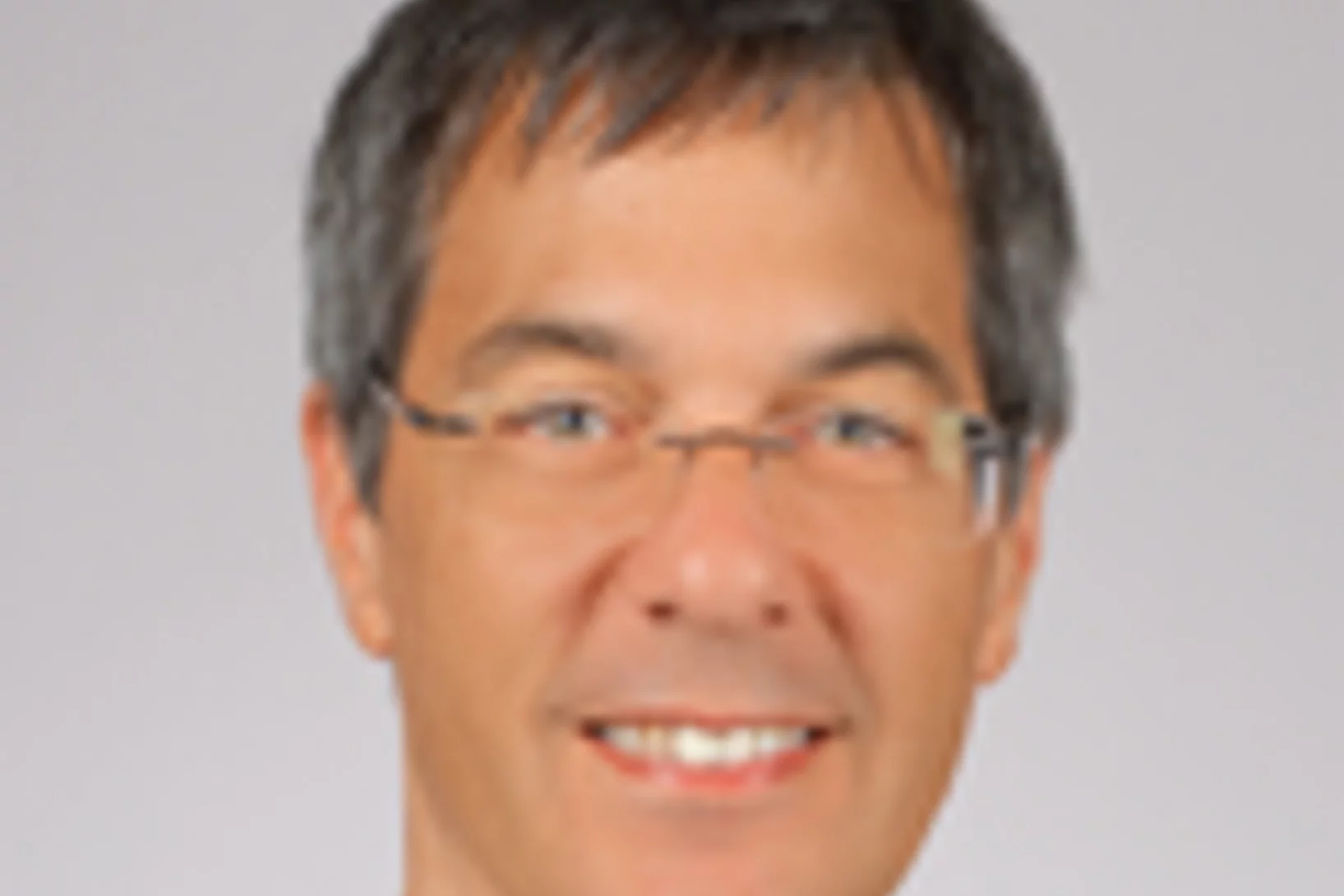Une nouvelle division de recherche au PSI ouvre la voie à l’avenir des données
Le PSI fonde la nouvelle division de recherche Calcul scientifique, théorie et données.
Comment fonctionne l’activation des cellules immunitaires
Le récepteur CCR5 aide à guider les cellules du système immunitaire vers les foyers d’infection. Un consortium de chercheurs a déchiffré son processus d’activation.
Two scenarios for superconductivity in CeRh2As2
CeRh2As2, a nonsymmorphic heavy fermion material, was recently reported to host a remarkable temperature versus z-axis magnetic-field phase diagram with two superconducting phases. In this material, the two inequivalent Ce sites per unit cell, related by inversion symmetry, introduce a sublattice structure corresponding to an extra internal degree of freedom. In this work, we propose a classification of the possible superconducting states in CeRh2As2 from the two Ce-sites' perspective.
Regarder les protéines des récepteurs se courber
Les récepteurs couplés aux protéines G servent de médiateurs dans l'organisme. Dans une interview Ramon Guixà explique comment il donne vie aux molécules réceptrices à l'écran.
Nouveau plan de construction pour des ordinateurs quantiques plus stables
Des chercheurs du PSI ont montré comment des bits quantiques plus rapides et plus précis peuvent être créés. Leurs idée centrale est d'introduire de manière ciblée des atomes magnétiques de la classe des terres rares dans le réseau cristallin d’un matériau.
Fellow Award for Dr. Mantzaras
The prestigious Fellow Award “Fellow of The Combustion Institute” was allotted to Dr. Mantzaras for “Pioneering Experimental and Modeling Research in Hetero-/Homogeneous and Catalytic Combustion”. The combustion activities at LSM emphasize on non-intrusive laser-based measurements in a high-pressure optically accessible catalytic reactor, while the modeling activities encompass advanced multidimensional numerical simulations and theoretical work based on activation energy asymptotics.
Benefit of random testing
With the imminent relaxation of socio-economic restrictions, it becomes vital to assess its effect on the prevalence of acute infections within the population, as rapidly as possible. Currently available monitoring instruments for the COVID-19 pandemic have an inherent time delay of about 14 days, as they rely on confirmed infections, hospitalizations, and death numbers. These methods give Reff(t) (the number of infections caused by a single infected person), but their delay is a significant disadvantage when restrictions are released. If after relaxation, Reff(t) rises above 1, one will not be able to react adequately before two weeks have passed during which time the prevalence could significantly rise. Here, we propose the use of random testing to shorten this reaction time, by obtaining direct and modeling dependent information on Reff(t). Through random testing of between 2500 and 20000 people per day, we find that over periods significantly shorter than two weeks, it becomes possible to detect a dangerous increase in Reff with reasonable confidence.
La simulation: le troisième pilier de la science
Des chercheurs de l’Institut Paul Scherrer PSI simulent et modélisent de grandes installations de recherche, mais aussi certaines expériences, par exemple en sciences des matériaux et en sciences de la vie. Andreas Adelmann, chef du Laboratoire de simulation et modélisation, explique comment ils procèdent.
Modéliser et simuler: un bon retour sur investissement
En combinant théorie, modélisation et calculs à haute performance, les chercheurs du Laboratoire de simulation et modélisation de l’Institut Paul Scherrer PSI résolvent les problèmes les plus complexes. De puissants ordinateurs leur permettent de simuler aussi bien les molécules les plus minuscules que les grandes installations de recherche.
Spin fluctuation induced Weyl semimetal state in the paramagnetic phase of EuCd2As2
Weyl fermions as emergent quasiparticles can arise in Weyl semimetals (WSMs) in which the energy bands are nondegenerate, resulting from inversion or time-reversal symmetry breaking. Nevertheless, experimental evidence for magnetically induced WSMs is scarce. Here, using photoemission spectroscopy, we observe that the degeneracy of Bloch bands is already lifted in the paramagnetic phase of EuCd2As2. We attribute this effect to the itinerant electrons experiencing quasi-static and quasi–long-range ferromagnetic fluctuations.
Nouveau matériau avec mémoire de forme magnétique
Des chercheurs du PSI ont développé un matériau dont la mémoire de forme est activée par magnétisme. La médecine, la navigation spatiale, l’électronique ou encore la robotique constituent autant de domaines d’application pour ce nouveau type de matériaux composites.
EPFL Adjunct Professorship to Christopher Mudry
Dr Christopher Mudry, who joined PSI in 1999 and is Research Group Leader of the Condensed Matter Theory Group at PSI since 2009, was awarded the title of Adjunct Professor at EPF Lausanne with the following citation. "Dr Christopher Mudry is a highly acclaimed theoretical physicist. He is regarded as one of the world’s leading experts on the quantum field theory of condensed matter and in the rapidly developing field of the topological properties of matter."

